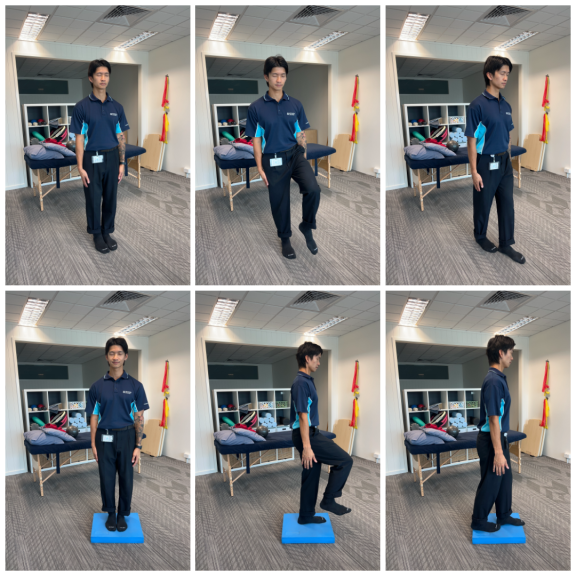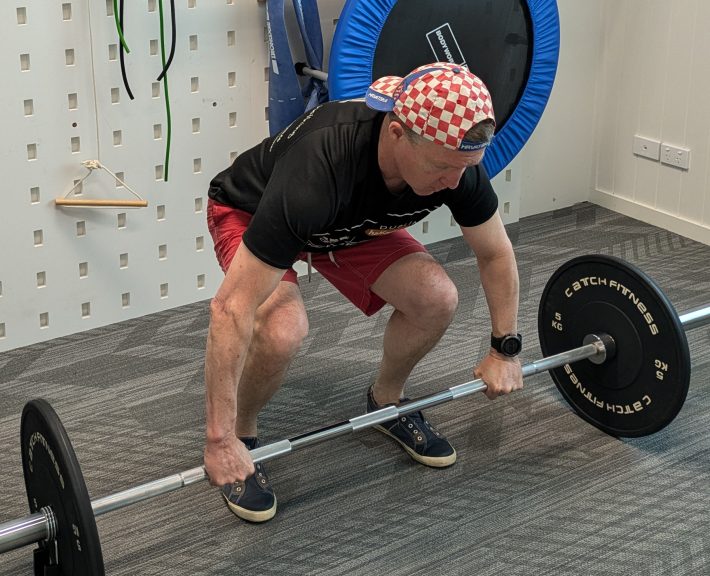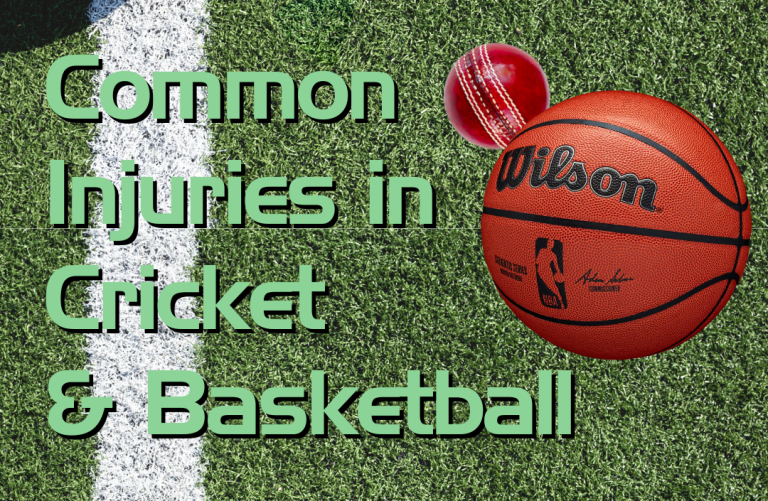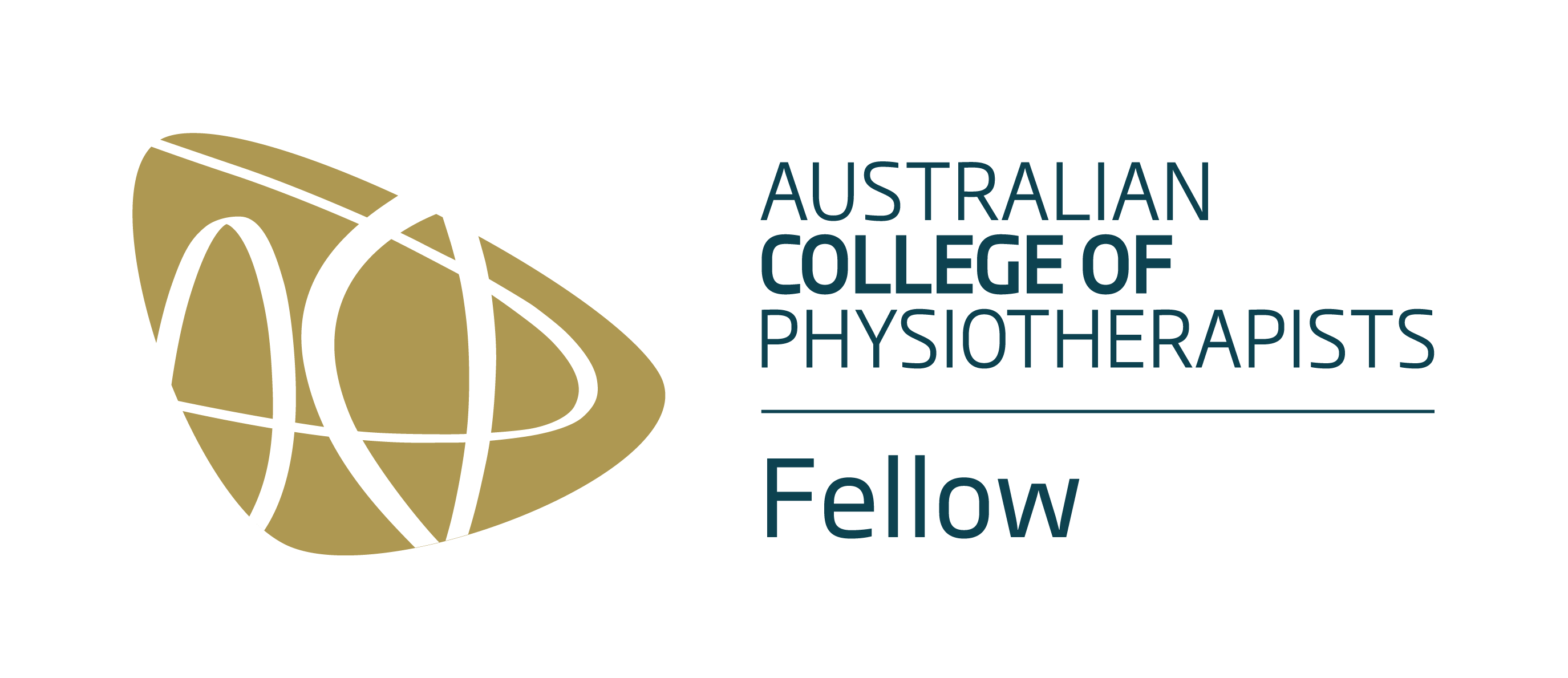The Olympics and Paralympics represent the pinnacle of athletic achievement, where athletes push their bodies to the limit. Behind their impressive performances lies a combination of rigorous training, strategic nutrition, and specialised medical care. Among the key components that help Olympic and Paralympic athletes excel are physiotherapy. These practices not only aid in recovery but also help enhance performance by addressing injuries, improving mobility, and preventing re-injury. This blog explores how physiotherapy contribute to athlete success and how these practices can be applied to your everyday fitness routines.
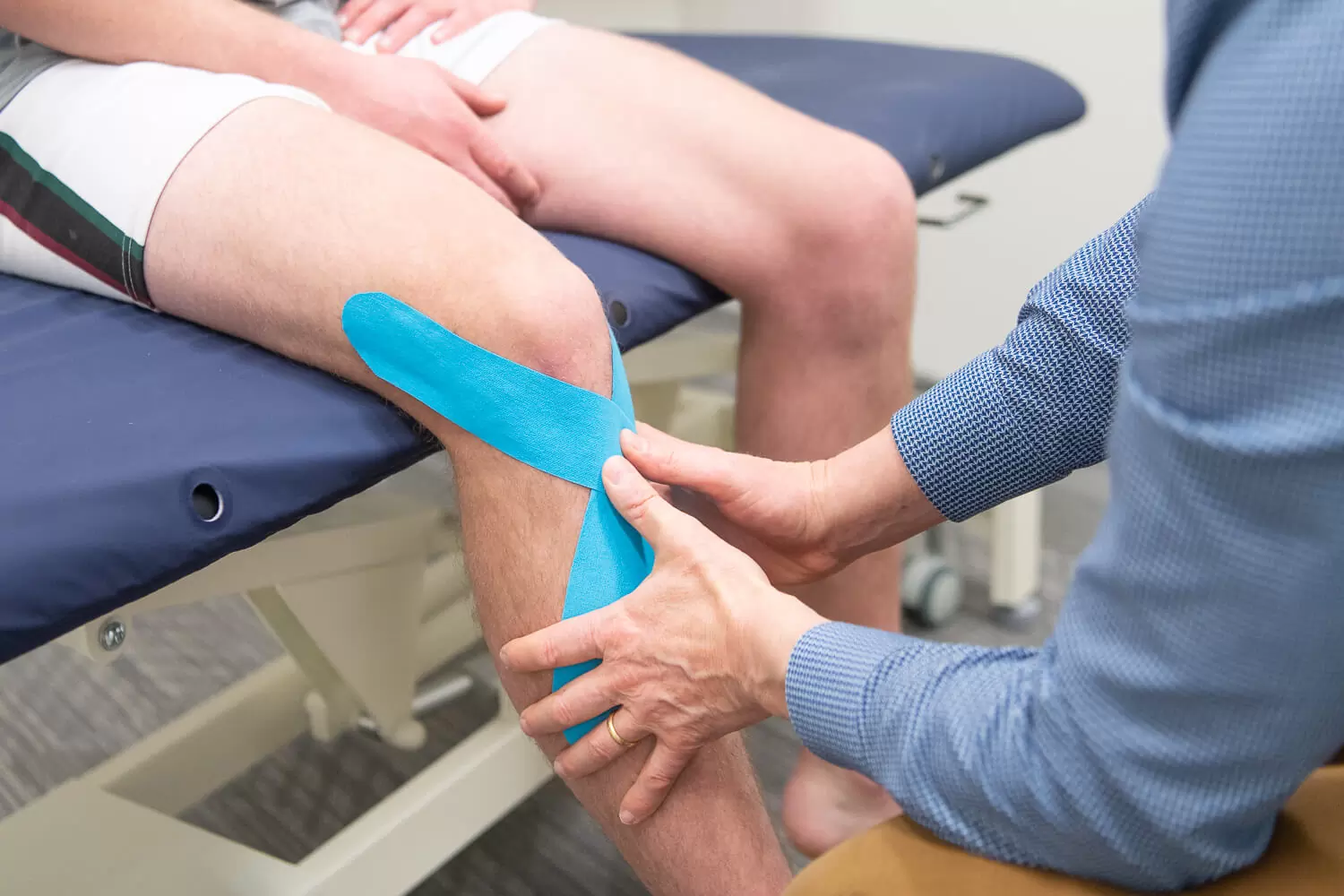
The Role of Physiotherapy in Athletic Performance
Every olympic and paralympic athlete would have a qualified physiotherapist as a part of their high performance team. Physiotherapists work with athletes to prevent injuries, treat existing conditions, and improve overall physical performance. Physiotherapy interventions, including strengthening exercises and manual therapy, significantly reduce the risk of injuries and enhance recovery (1). Below, you can read about the specific benefits of physiotherapy for athletic performance.
1. Injury Prevention
One of the primary roles of physiotherapy is to prevent injuries. Olympic athletes undergo intense physical stress, making them susceptible to injuries such as strains, sprains, breaks and tendonitis to name a few. Physiotherapists use a variety of techniques to reduce these risks. For example, dynamic stretching and warm-up routines are designed to prepare the muscles and joints for the demands of training and competition (2). By incorporating these techniques, athletes can improve their flexibility and prepare their body for movement, reducing the likelihood of injuries. A quality physiotherapist can create a routine specific to you and your sport, to ensure your warm up prepares you for peak performance while also minimising injury risk.
2. Rehabilitation and Recovery
In the event of an injury, physiotherapy is essential for effective rehabilitation. Techniques such as manual therapy, which includes joint mobilisation and sometimes massage, help in reducing pain and restoring normal movement (3). Physiotherapists will also educate on your injury and guide you through the quickest pathway to recovery. Additionally, targeted exercises are prescribed to strengthen the affected area and improve overall function. This approach not only speeds up recovery but also ensures that athletes can return to their peak performance levels more quickly.
3. Enhancing Performance
Physiotherapy also plays a role in enhancing performance. By addressing issues such as poor technique and muscle imbalances, physiotherapists help athletes optimise their movement patterns. This optimisation can lead to improved efficiency and effectiveness in their sport. Correcting technique issues can result in better performance and reduced strain on the body (4).
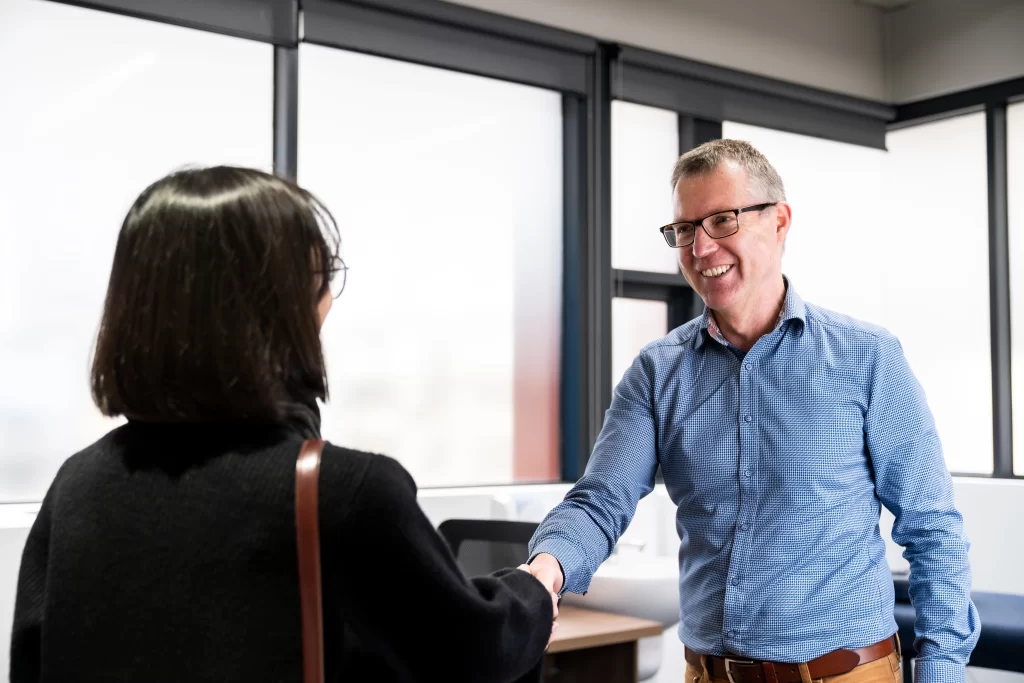
The Other Benefits of Physiotherapy for Olympic Athletes
Physiotherapy is another key practice that you can find on some Olympic athlete high performance teams. We focus on the musculoskeletal system, using a holistic approach to improve overall health and performance. Treatment and management can be effective in managing pain, enhancing mobility, and supporting recovery (5). This is essential for athletes in olympic and paralympic competition as most are required to participate in their event multiple heats in one day.
1. Holistic Approach to Health
Physiotherapists assess and treat not only the symptoms of injuries but also the underlying causes. This approach helps in addressing issues such as muscle tension and poor muscle control, which can impact an athlete’s performance (6). By improving the overall balance and function of the body, Physiotherapy contributes to better athletic performance and can reduce the risk of injuries.
2. Manual Therapy Techniques
Manual therapy includes techniques such as soft tissue release, stretching, and joint articulation/mobilisation. These methods help in relieving muscle tension and enhancing flexibility (7). For Olympic and Paralympic athletes, these techniques are valuable for maintaining optimal physical condition and addressing any issues that arise during training and event competition.
3. Enhancing Recovery
Physiotherapy also supports the recovery process by promoting efficient healing. Techniques used in Physiotherapy treatments can aid in reducing inflammation and helping the repair of damaged tissues. This is particularly beneficial for athletes who need to recover quickly from intense training sessions or injuries (8).
Applying Olympic/Paralympic Care to Everyday Fitness
The techniques and practices used by Olympic and Paralympic athletes can be valuable for anyone looking to enhance their fitness and prevent injuries. Here are some ways to apply these practices to your own routine:
1. Incorporate Dynamic Warm-Ups
Dynamic warm-ups, such as leg swings and arm circles, can help prepare your body for exercise and reduce the risk of injuries. These exercises and stretching increase blood flow to the muscles and improve flexibility, making them a useful addition to any workout routine (2).
2. Use Targeted Exercises for Injury Prevention
Including exercises that strengthen key muscle groups and improve stability can help prevent injuries. For example, exercises that target the core muscles can enhance overall stability and support proper movement patterns (9). This would be useful in basically every sport, but especially your contact sports (rugby sevens, judo, boxing, wheelchair rugby) where you have to maintain upright positions without getting knocked over.
3. Consider Manual Therapy for Recovery
If you experience muscle soreness or stiffness, manual therapy techniques such as self-massage or foam rolling can be beneficial. These methods help in reducing muscle tension and decrease pain which can assist with recovery after intense workouts (10).
Conclusion
Physiotherapy play vital roles in enhancing athletic performance by preventing injuries, supporting recovery, and optimising overall physical condition. The techniques used by Olympic and Paralympic athletes, such as dynamic warm-ups, manual therapy, and targeted exercises, can also benefit everyday fitness enthusiasts. By incorporating these practices into your routine, you can improve your movement, reduce the risk of injuries, and enhance your overall performance. If the best of the best do this, why not you?










